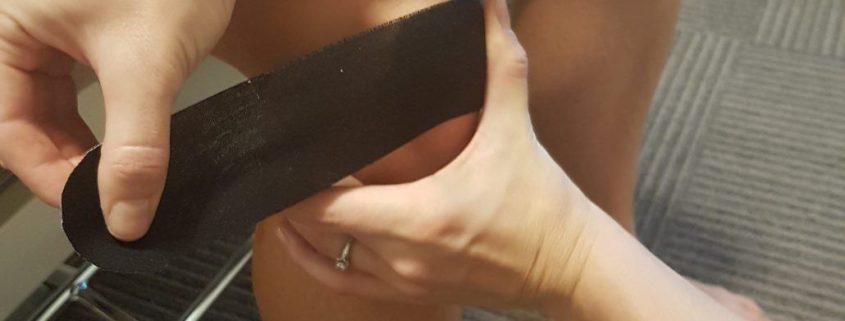Knee injuries
Let’s talk knee injuries.
The knee joint is relatively simple and moves as a hinge joint (i.e bending and straightening). The joint itself is an articulation between our femur (thigh bone) and our tibia (shin bone) for the hinge movement and patella (kneecap) sitting over the front to increase our quad strength. There are a series of ligaments, articular cartilage and muscles that are involved in this joint.
Ligaments and Meniscus
Collateral Ligaments: attach between the femur and the tibia outside the joint capsule and control side to side movement. The medial collateral ligament (MCL) is on the inside of the knee and the lateral collateral ligament (LCL) is on the outside.
Cruciate Ligaments: inside the joint capsule making an ‘X’ attaching from the femur to the tibia and prevents movement forward and backward. The anterior cruciate ligament (ACL) attaches from the front of the joint surface on the tibia to the back of the joint surface on the femur and the posterior cruciate ligament (PCL) attaches from the back of the joint surface on the tibia to the front of the joint surface on the femur.
Patella Tendon and Ligament: attaching the patella to the quadriceps muscle and tibia respectively.
Articular Cartilage: a smooth and slippery covering at the ends of the bones to allow for smoother movement.
Meniscus: a ‘C’ shaped piece of fibrocartilage within the knee joint for shock absorption.
Common Injuries:
Because of the relatively simplistic nature of the knee joint it is often exposed to increased load if there is restriction in the hip or ankle (check out our blog on accumulative strain). In addition to this, it is often injured in a single traumatic event. And these injuries may include a ligament sprain, meniscal tear or even bone fracture.
The most common ligament sprains are the MCL (from a direct hit to the outside of the knee or an awkward change of direction) or the ACL (from a pivot on a planted foot and straight leg or from hyperextension with high load). The meniscus can also be damaged from awkward pivoting or repeated knee bending (eg squats). These three injuries frequently present together – “the unhappy triad” due to their similar mechanisms of injury.
So if you present to physio following a sudden injury we’ll ask what happened at the moment of injury (including any sounds); whether you are experiencing instability, catching, locking, giving way; if certain positions are more uncomfortable; the amount of bruising and swelling at the time of injury. And we’ll then use a variety of orthopaedic tests to assess the integrity of these structures. Depending on the results of these tests we can decide if it’s necessary to scan the knee. Most lower level injuries can be successfully managed with conservative treatment (i.e physio and exercise) and do not require surgical intervention.








Leave a Reply
Want to join the discussion?Feel free to contribute!